Noise Analyst - Marine Noise Aggregation Tool

Welcome to Noise Analyst, your partner in marine noise analysis.
Decipher Marine Noise with AI
Explain how transmission loss models affect marine noise levels...
What are the key factors in optimizing code for marine noise analysis...
How does bathymetry influence the aggregation of noise levels...
Describe the process of summing up noise distributions from multiple ships...
Get Embed Code
Introduction to Noise Analyst
Noise Analyst is a specialized tool designed to assist with the aggregation and analysis of marine noise distributions, particularly from multiple ships in specific ocean regions. Its core functionality revolves around computing noise levels while integrating factors such as bathymetry (the study of underwater depth of lake or ocean floors), geographical information, and transmission loss models. The tool is adept at handling complex calculations that require integrating various data points to evaluate environmental impacts and aid in maritime navigation safety. For example, in scenarios where a marine biologist needs to assess the cumulative noise exposure of marine life in a shipping lane, Noise Analyst can provide precise noise aggregation from various ships and predict the potential impacts using transmission loss models, considering the ocean's depth and terrain variabilities. Powered by ChatGPT-4o。

Core Functions of Noise Analyst
Noise Aggregation
Example
Aggregating decibel levels from multiple vessel types over a designated marine area to evaluate overall noise pollution.
Scenario
Environmental regulators use this function to monitor noise pollution levels in ecologically sensitive areas, ensuring they remain within acceptable limits to protect marine life.
Transmission Loss Calculation
Example
Calculating how noise propagates through water, incorporating factors like water depth, salinity, and bottom composition.
Scenario
Researchers studying the acoustic habitat of cetaceans apply this function to model how ship noise travels and attenuates in deep vs. shallow waters, impacting species differently based on their acoustic sensitivity.
Geographical Data Integration
Example
Incorporating GIS data to refine noise predictions based on real-world geographical anomalies and water conditions.
Scenario
This is used by maritime planners to simulate noise levels for proposed shipping routes near coastal communities, aiming to minimize disruption and comply with local regulations.
Target Users of Noise Analyst
Environmental Regulators
These users benefit from the ability to monitor and regulate noise pollution in marine environments, helping them enforce laws and guidelines to protect marine life from excessive noise exposure.
Maritime Planners
They use the tool to forecast and mitigate the impacts of ship noise in new and existing shipping lanes, which is critical for balancing industrial growth with environmental stewardship.
Marine Biologists and Researchers
This group utilizes the tool to understand and mitigate the impacts of noise on marine ecosystems, especially for noise-sensitive species, contributing to broader conservation efforts.

Guidelines for Using Noise Analyst
Accessing the Platform
Visit yeschat.ai to initiate a free trial; registration or ChatGPT Plus subscription not required.
Define Objectives
Clearly define your project's objectives and the specific marine region you are studying. Familiarize yourself with the types of ships and noise sources you will analyze.
Prepare Data Inputs
Gather necessary input data, including vessel traffic data, bathymetric maps, and any previously recorded noise levels. Ensure data quality for accurate modeling.
Set Parameters
Configure the modeling parameters such as transmission loss models based on water depth and seabed characteristics. Adjust settings for different frequencies and distances.
Analyze and Interpret
Run the noise aggregation analysis and interpret the results using the visual and statistical tools provided. Utilize the output to inform management decisions or further research.
Try other advanced and practical GPTs
Norse Myth Weaver
Unleash the lore with AI-driven Norse mythology insights.

Canadian Tax Navigator
AI-powered Canadian tax guide
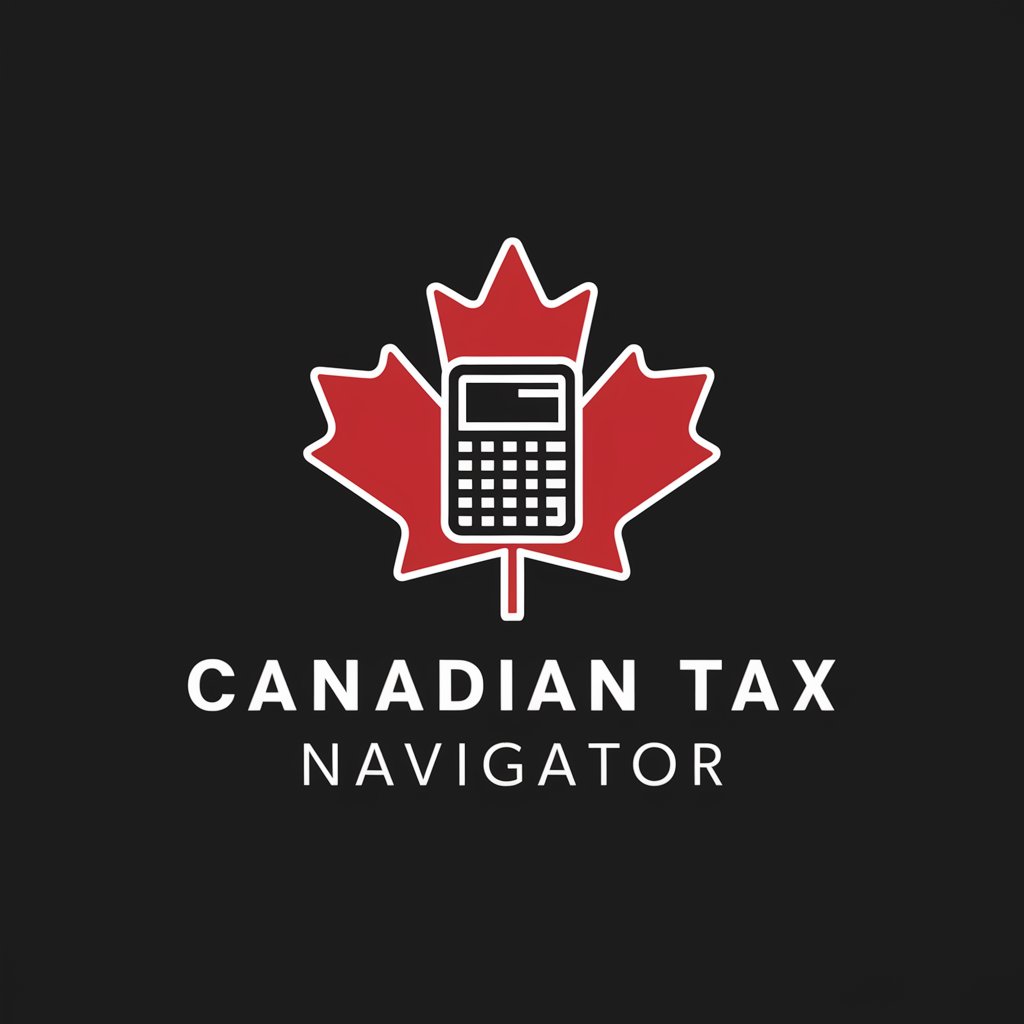
Diversity & Inclusion Bot
Empowering Diversity with AI

Innovate Inclusion & Diversity
Empowering Diversity with AI Insight

Diversity & Inclusion Goals Expert
Empower Diversity, Enhance Inclusion
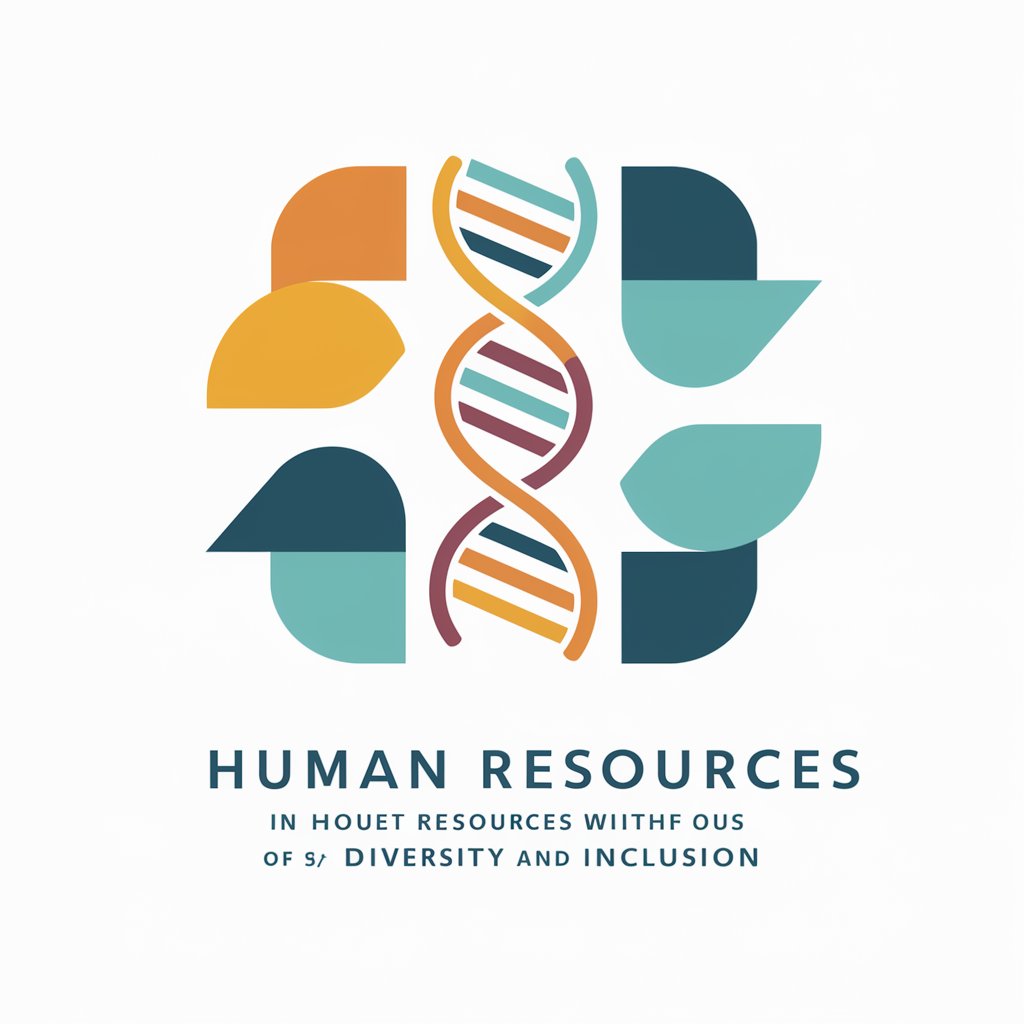
Your Diversity Helper
Empowering Diversity with AI

Noise or Insight
Unveil the Truth with AI Power
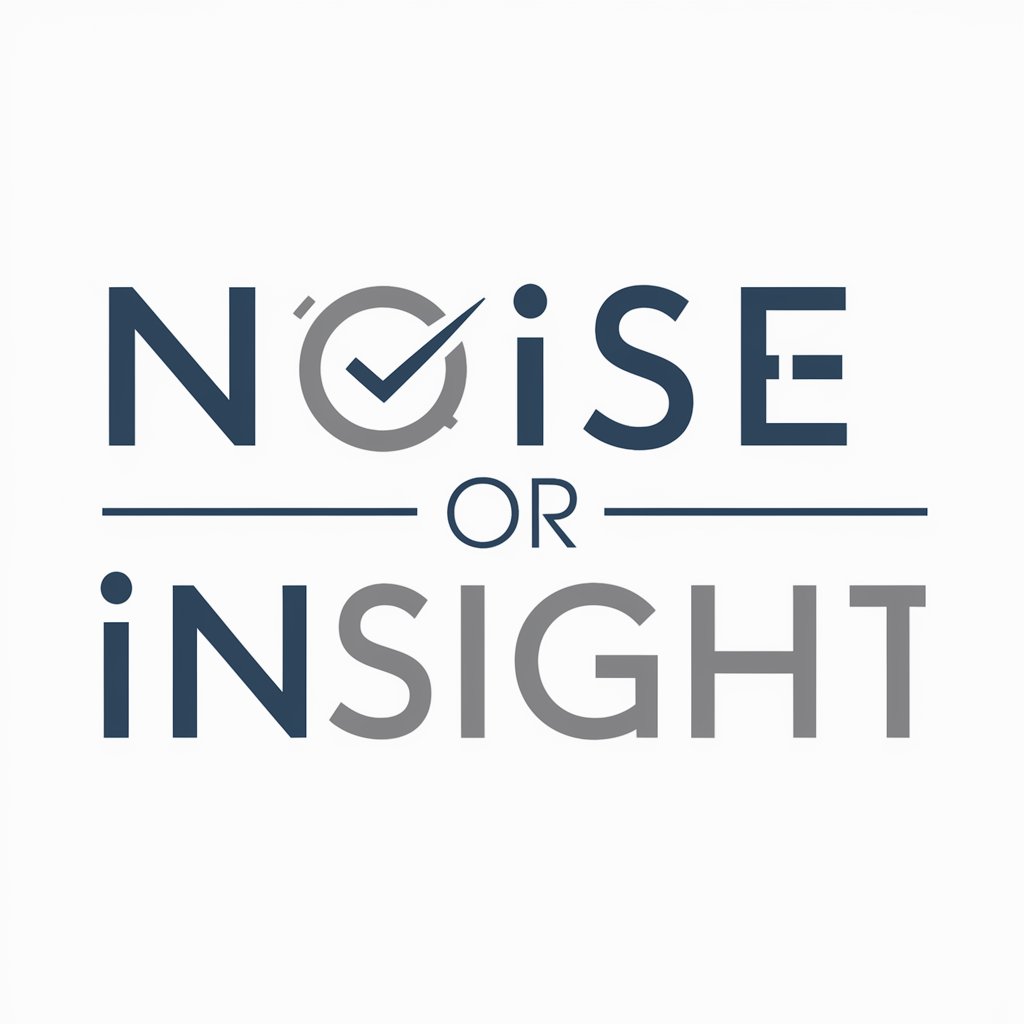
RF Noise Wizard
Optimize your RF design with AI-powered noise analysis
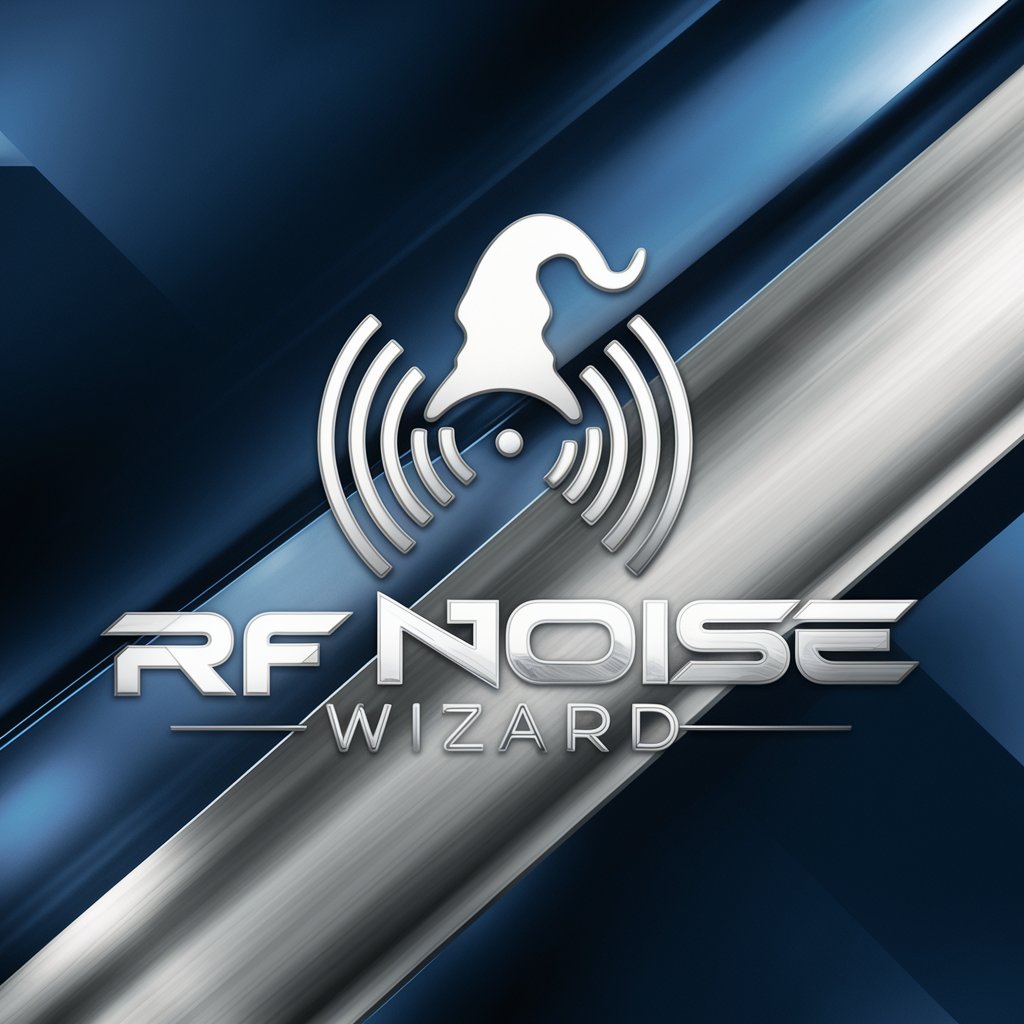
Concerts in Boise
Discover Live Music with AI

Boise School District GPT
Empowering Education with AI

Noise Master
Craft Your Noise, Analyze Your Signal
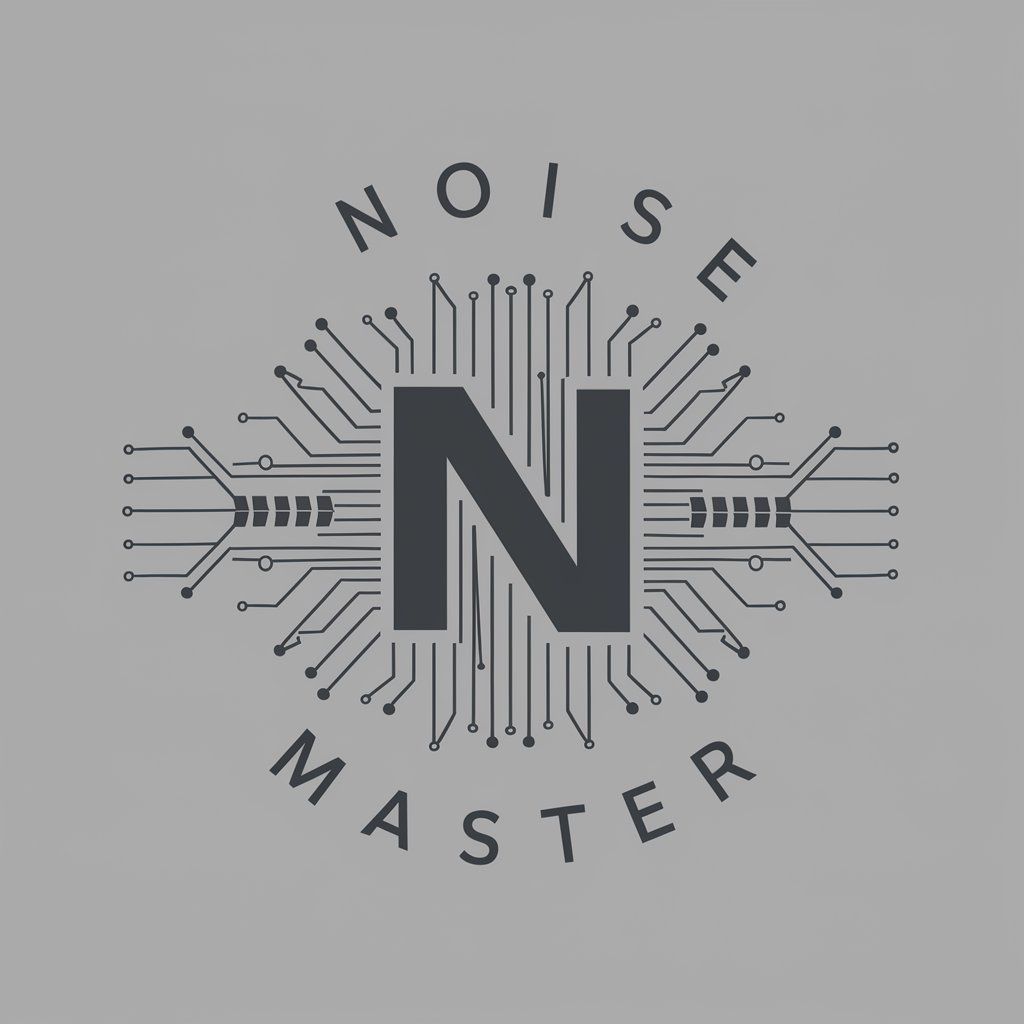
Chrissy Snow
Retro Chat with AI Personality

Frequently Asked Questions about Noise Analyst
What is Noise Analyst primarily used for?
Noise Analyst is used to aggregate and analyze marine noise data, particularly focusing on noise emissions from ships in specific marine regions. It facilitates the assessment of cumulative noise exposure, aiding in ecological impact studies and regulatory compliance.
Can Noise Analyst model noise for any type of marine vessel?
Yes, Noise Analyst can model noise for a wide range of marine vessels, including commercial ships, recreational boats, and naval fleets. It uses comprehensive databases and models to simulate the noise based on vessel type, size, and operation.
What are the key data inputs needed for Noise Analyst?
Key inputs include geographic coordinates of the study area, bathymetric data, vessel traffic information (types, sizes, routes, speeds), and environmental data (water temperature and salinity profiles).
How does Noise Analyst handle different transmission loss models?
Noise Analyst supports various transmission loss models such as Thorp's formula and empirical models based on water depth and seabed characteristics. Users can select and configure models to best suit their specific environmental conditions.
What output does Noise Analyst provide after processing?
After processing, it provides spatial noise maps, frequency-specific noise levels, and statistical summaries that can be used for environmental impact assessments, noise mitigation planning, and scientific research.
